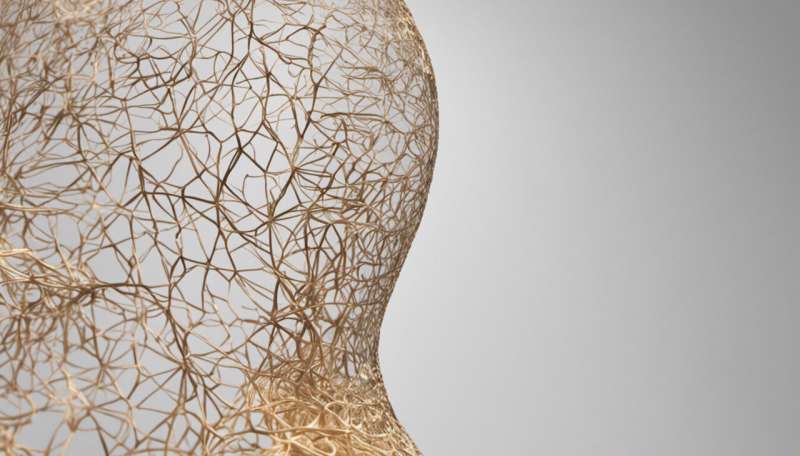5th day of rallies in downtown Calgary calls for health measures to continue past Aug. 16

For the fifth day, protesters gathered in downtown Calgary calling on the province to keep COVID-19 health measures in place past Aug. 16.
CTV News CalgaryStaff
Published Tuesday, August 3, 2021
COVID-19 rallies continue in Alberta
CALGARY -- For the fifth day, a noon hour rally was held in downtown Calgary to protest upcoming changes to Alberta's COVID-19 health restrictions.
Crowds gathered in Alberta's two largest cities once again in the wake of the province lifting all restrictions as of Aug. 16.
That means masks won't be needed anywhere, including in taxis, on transit and in public schools and buildings. As well, Albertans who test positive will no longer need to quarantine.
Protesters have said they will hold daily rallies leading up to Aug. 16, calling on the government to rethink the move.
Health Minister Tyler Shandro said last week that the shift from a pandemic to endemic response in Alberta with regards to COVID-19 is due in part to the increasing amount of fully immunized Albertans.
Calgary Mayor Naheed Nenshi has said he is considering calling a special meeting of council to discuss the role the city can take, including whether to call another state of local emergency.
According to the latest numbers from the province, Calgary is leading in the number of active COVID-19 cases at 990, well ahead of Edmonton at 301.
"We're trying to do whatever we can as a civic government with very, very limited ability and power, but the right thing to do would be for Dr. Hinshaw and the premier to come out and say 'Look, we went too quickly, we can see the case counts are going up. Let's go back and put some measures in place,'" said Coun. Jyoti Gondek, who is running for mayor in October.
"I have zero confidence, we're going to do that."
Another councillor running for mayor, Jeromy Farkas, said protesters need to show why a continuation of health measures is needed.
"We can't pick and choose when to support the scene," he said.
"Dr. Hinshaw has made the call, if people think she and her team have got it wrong then they need to prove it rather than stir people up based on emotional arguments."

For the fifth day, protesters gathered in downtown Calgary calling on the province to keep COVID-19 health measures in place past Aug. 16.
BY STEFANIE LASUIK
Posted Aug 3, 2021 1:18 pm MDT
CALGARY – A Calgary parent is considering moving her children out of the province due to Alberta’s stance on COVID-19 measures.
Last week the province announced it would no longer require isolation for positive cases, reduce testing and contact tracing, and lift the mask mandate in schools.
“What do we do here?” said Krista Li, who is concerned about the changing COVID-19 rules in Alberta.
“How do we as parents send our child into an environment that we know isn’t safe?”
Li worries about her children ending up in the hospital, developing long COVID, or passing the virus along to their elderly grandparents who live with them.
“It’s bone-chilling to think that my child can be sitting in a classroom with somebody who is COVID positive and they have no requirement to be at home. Parents have no requirement to report that to the school. It’s the stuff nightmares are made of. It’s hard for me to speak about without getting emotional because these are my kids. It is my job to protect them,” she said.
“It is very selfish to minimize and say, ‘Well, kids just get sick.’ This isn’t the flu. I would like our premier to understand that. This isn’t the flu. And I think when scientists and when doctors and when researchers and epidemiologists are telling us this is dangerous, it’s on us to listen.”
Li says she’s left to contemplate the mental health effects of at-home schooling, or taking them back to her hometown in Newfoundland for school, leaving her husband behind
Dr. Ruth Grimes, the president of the Canadian Pediatric Society spoke with CityNews, and said more needs to be done.
“I think that these basic public health measures should not be set aside.”
Cases in younger people have increased in the United States, where some places have re-imposed mask mandates. In Canada, children and teens made up 1.9 per cent of COVID hospitalizations as of Friday.
“Children are a small population of those who have been hospitalized let alone going to ICUs, and thankfully who have died. But that doesn’t mean that we shouldn’t still be concerned about those and the fact is that you don’t have enough information to comment on likely is long COVID symptoms in children and what those mean,” added Grimes.
“It’s a knot in your tummy,” said Li. “And no matter what solution you come up with, it sucks. It’s a buffet of poor choices.”
She says school boards need to release their plans so parents can make informed decisions.
In the meantime, Grimes added that it’s important for parents to keep up the fundamentals and stay positive even as they’re concerned.
“We want adults in our community to protect our children. We want our children to be able to go back and have a good start and a return back to normal contact with their friends, normal play, normal physical activity.”
Kenney maintains changes to COVID-19 rules backed by science
BY NEWS STAFF
Posted Aug 3, 2021
CALGARY – Premier Jason Kenney says he understands concerns from several Albertans over the province’s plan to scale back COVID-19 protections, but maintains the changes are backed by science.
Kenney said Tuesday there has long been a debate about the dangers of the disease and the damage done by restrictions.
But his response to concerns was very similar to what we heard last week from Health Minister Tyler Shandro.
These changes — including removing mandatory isolation requirements, some testing and contact tracing details — have some people concerned it will lead to a fourth wave of the virus and there won’t be enough checks in place to catch it before it takes hold.
When asked about the adjustments, Kenney said it was at the behest of Chief Medical Officer of Health Dr. Deena Hinshaw.
“No, it’s not a direction I asked her to pursue,” Kenney said, as he added the recommendations were accepted without modification in July.
Kenney read off several recent quotes from Dr. Hinshaw during the press conference, including points that this change will allow officials to focus on other public health issues rather than just COVID-19. But on the removal of mandatory isolation, Kenney said this was not in response to resourcing concerns.
“I think Dr. Hinshaw’s concerned that anybody who might have minor symptoms of cold or flu, if all of them are automatically put on two weeks of self-isolation that can be very disruptive,” he said.
But with that said, isolating after a positive COVID-19 test is still heavily recommended and Kenney felt that people will practice personal responsibility and understand the need to isolate in order to protect the wider population.
A common theme during recent protests is people being concerned about what it means for the return of school in fall and the risk posed to children.
Kenney said it should not be much of a concern for people and there are fewer adverse effects for children who catch COVID-19.
“It’s important to highlight that the risks for children posed by COVID-19 are extremely low, they are lower than for the typical annual flu,” he said. “Kids aged five to 14 have 140 times greater risk of emergency department visits for a sports-related injury in 2019 than their risk for COVID-related hospital admission since March 2020.”
The premier did not want to act like COVID-19 is completely a thing of the past, but vaccines are the driving factor in making them consider the changes.
“Dr. Hinshaw and I both have said that we expect to see an increase in cases in the fall based on seasonality, but that will likely be concurrent with an increase in flu and cold cases as well,” he said. “Within the foreseeable future we will have three-quarters (of the eligible population) fully vaccinated, meaning that effectively COVID does not pose a risk for 99.999 per cent of that population.”
Kenney was citing data from the United States in that figure, and said while Alberta is slightly behind the national average on vaccinations we are still far above most other jurisdictions around the world.
The premier also said it was unfortunate to hear people calling for a return to the mask mandate in Calgary, referring to councillor and mayoral candidate Jyoti Gondek, but he does understand why some people would still be holding on to various concerns after dealing with the pandemic for so long.
“I think it’s regrettable that we’ve seen comments attacking the expertise of our brilliant chief medical officer of health,” he said. “It’s time to follow the data. It’s time to listen to the science.”
RELATED STORIES








